Did you know that some of the most deliciously scented plants flower in winter? If you’re looking for something that catches your attention in winter, then there’s a great variety of plants you can choose from.
Witch Hazel is lovely. The flowers appear clustered along the bare stems and their dainty “ribbon like” yellow flowers are sweetly scented. Witch Hazel originates from China and there are a few varieties in this family, but the prettiest and most fragrant is Hamamelis mollis. A mature Witch Hazel in full bloom is a sight to behold.
This deciduous shrub does well in mountainous areas with excellent drainage where it receives dappled or morning sunlight. Protection from hot summer winds would be of benefit as well. If you think such a position in your garden would be tricky, then consider planting into a large pot so that you can control the environment to a certain extent.
Chimonanthus praecox, also known as Wintersweet is another beauty. Wintersweet also carries yellow flowers with a brown centre and has a rich spicy fragrance, and also originates from China. It too, is deciduous. Reaching a height of 3-4 metres, it might be just the plant to fill a gap in your garden. Wintersweet also loves good soil preparation and is a robust plant – occasionally seen in old gardens.
And don’t forget the old-fashioned Woodbine – Lonicera fragrantissima. You won’t likely notice the creamy coloured flowers, but you’ll notice the scent! This is another fantastic plant as it’s very hardy and will grow pretty much anywhere. It has a rather straggly habit and can reach over 2 metres. Pruning after flowering keeps it looking neater, but if you love the rambling cottage look, then this is one to add to your list.
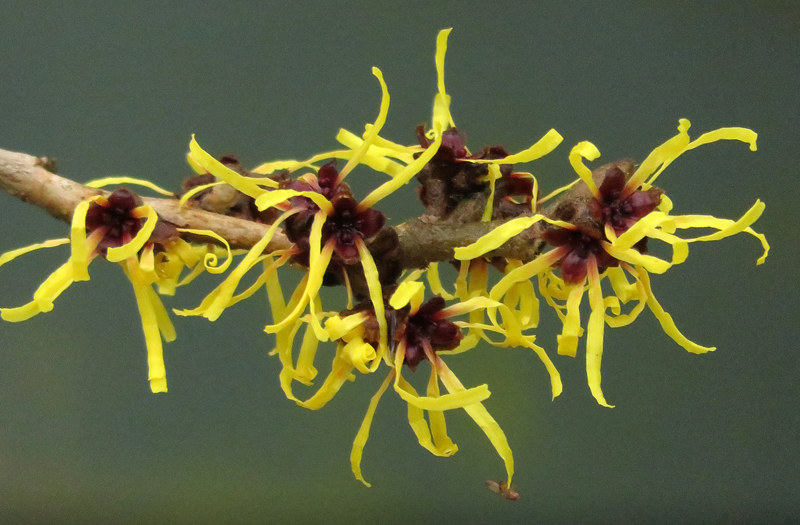
We cannot talk about winter fragrance without mentioning the glorious Daphne odora – and we all know how good that smells! Daphne can be one of those plants which seem to deliberately taunt gardeners – so many people say they just can’t get it to grow. Our recommendation is to find a spot which receives morning sun. Good drainage is important, along with protection from the wind – perhaps against a wall. Dig your hole, add Seamungus and GOGO Juice, water in well and then try not to fuss over it.
Daphne also does extremely well in pots. A great way to keep your daphne compact and flowering well is to pick when in flower. This brings the joy inside and will save you the need to do any further trimming. As with all winter-flowering plants, begin feeding in late summer to get the best show.
Mass plantings of bulbs always catch one’s eye. Jonquils brighten and cheer up patches in the garden, not only with their colour, but their gorgeous scent. They also do equally well in pots, should your space be limited.
Whenever planting anything, make sure you incorporate plenty of Seamungus throughout the soil prior to planting, and water in with GOGO Juice every fortnight.
So a visit to your garden centre in winter is not just about cyclamen, winter veggies and flowers. Choose a lovely sunny morning to visit, and prepare your nose for the delights of winter fragrant plants.
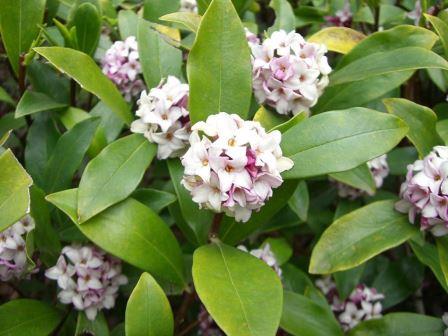
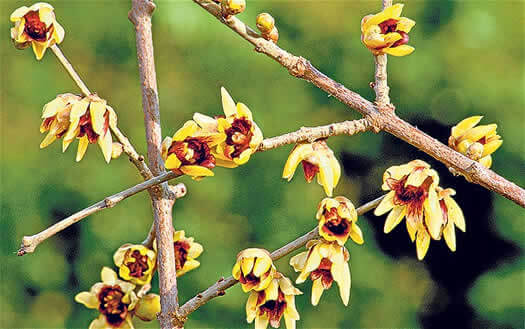
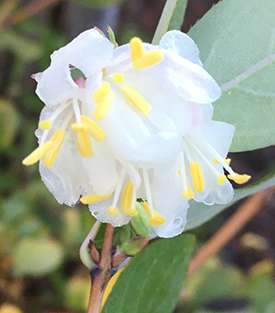
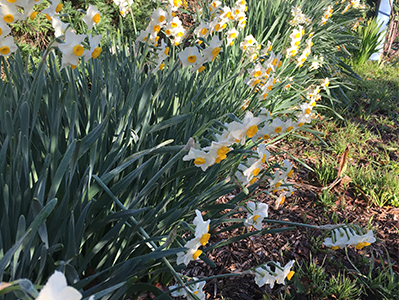
🌿 About Kahoona
Kahoona is an organic based, chemically boosted fertiliser, specifically developed to enhance the growth and flower development of acid loving plants such as camellias, gardenias, azaleas, rhododendrons and fuchsias. The higher potassium to nitrogen ratio within Kahoona plays a crucial role in enhancing flower development, whilst the boosted levels of iron and magnesium help maintain healthy green foliage, aiding in preventing the yellowing leaves which are often seen in late winter and early spring.
Following successful trials, Kahoona has been endorsed by Camellias South Australia, the Australian Rhododendron Society (SA Branch), the Camellia Society of WA, Camellias Illawarra and the NSW Camellia Research Society.
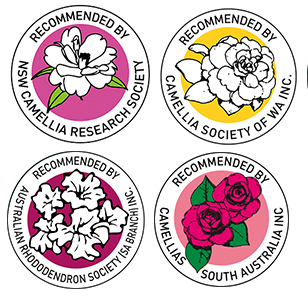

To keep up to date with Neutrog’s community news, inspirational stories from home gardeners, new product developments and the best products to use on which plants and when, join the Pooh Bah Club and we’ll email you our monthly newsletter. It’s free to join and you can unsubscribe at any time. We promise not to bombard you with emails!
